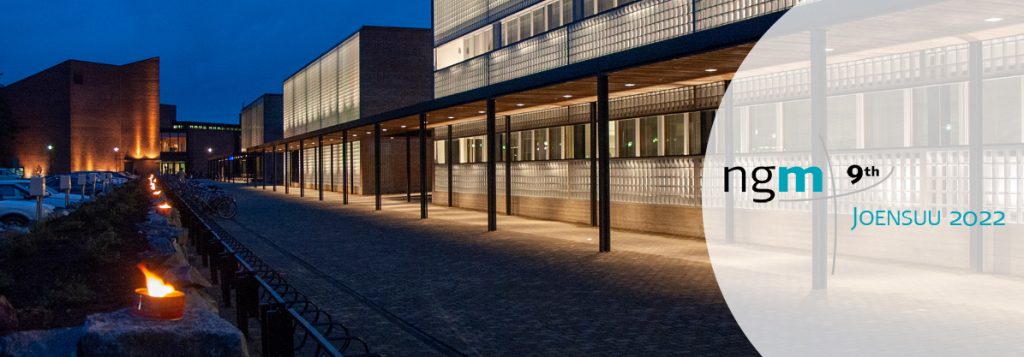NGM 2022

NGM 2022 – Multiple Nordic Geographies
Our planet is facing some of its greatest challenges. Especially in the North, the imminent threat of irreversible climate change, and its palpable effects on our physical, ecological and social worlds, is increasingly felt. In particular, the polar region is warming faster than any other area of Earth. There is an urgent need to assess the multiple relationships between these increasing natural hazards and our societies, geopolitics, economies and environment. Conversely, we are forced to seek new ecological, political and economic concepts and approaches to help mitigate climate change and adapt to inevitable transformations. Furthermore, the challenges facing the Nordic states are embedded in complex and spatially differentiated socio-economic and ecological landscapes, which requires multiple scientific approaches. Geographers – both physical and human – can play an important role in this research and address among many the following challenges:
- We are witnessing a spatially differentiated demographic transition and increasingly uneven regional development. An aging population, growing economic disparities, out-migration from peripheries to cores and immigration all challenge the future of the Nordic welfare state and regional policies.
- There are increasing calls to transform the established capitalist system and its spatial form. These approaches vary from more reformist bio- and circular economies, through various shades of Green Economies, to more radical economic models such as ‘de-growth’. All are posing questions about the extent to which the current form of neoliberal globalisation can continue as the dominant ‘world order’.
- Today’s broad challenges force our societies to generate novel governance alternatives. Political, social and environmental movements are emboldened, local initiatives are developed and mobilised, and government policies are fostered to tackle these challenges. At the same time, we are facing the challenge of populist politics on political regimes, nation states and transnational regions.
- Spatially varying and changing land cover and land use, climatic and fluvial process magnitudes, geomorphological systems, biodiversity and ecosystem services, just to mention examples from the wide variety of themes within physical geography, which have long-lasting and even irreversible impacts on nature and our societies. Technical innovations for measuring and modelling these processes of the Earth’s surface play an important role in gaining detailed and long-term understandings of the present-day interlinked processes, and further enable enhanced future simulations for assessing risks and develop mitigating strategies.
- The traditional Nordic welfare model and its spatial dimension needs to be adapted to these spatially varied transformations and challenges. Currently struggling educational and healthcare systems require innovations for developing more sustainable, inclusive and engaged societies.
The complexity of these challenges and threats requires multiple geographies to provide the conceptual understanding and practical solutions to tackle them. It is important to find ways to bundle together our multiple geographical knowledge, including the methods and techniques of both physical geography – measuring and modelling changes in nature – and human geography – studying spatial variation and processes in societies. For the 9th Nordic Geographers Meeting, we welcome presentations that examine, debate and challenge the existing theories, concepts and methodological approaches in human and physical geography that build on basic or applied research and push our understanding of the present and future state of the northern regions.